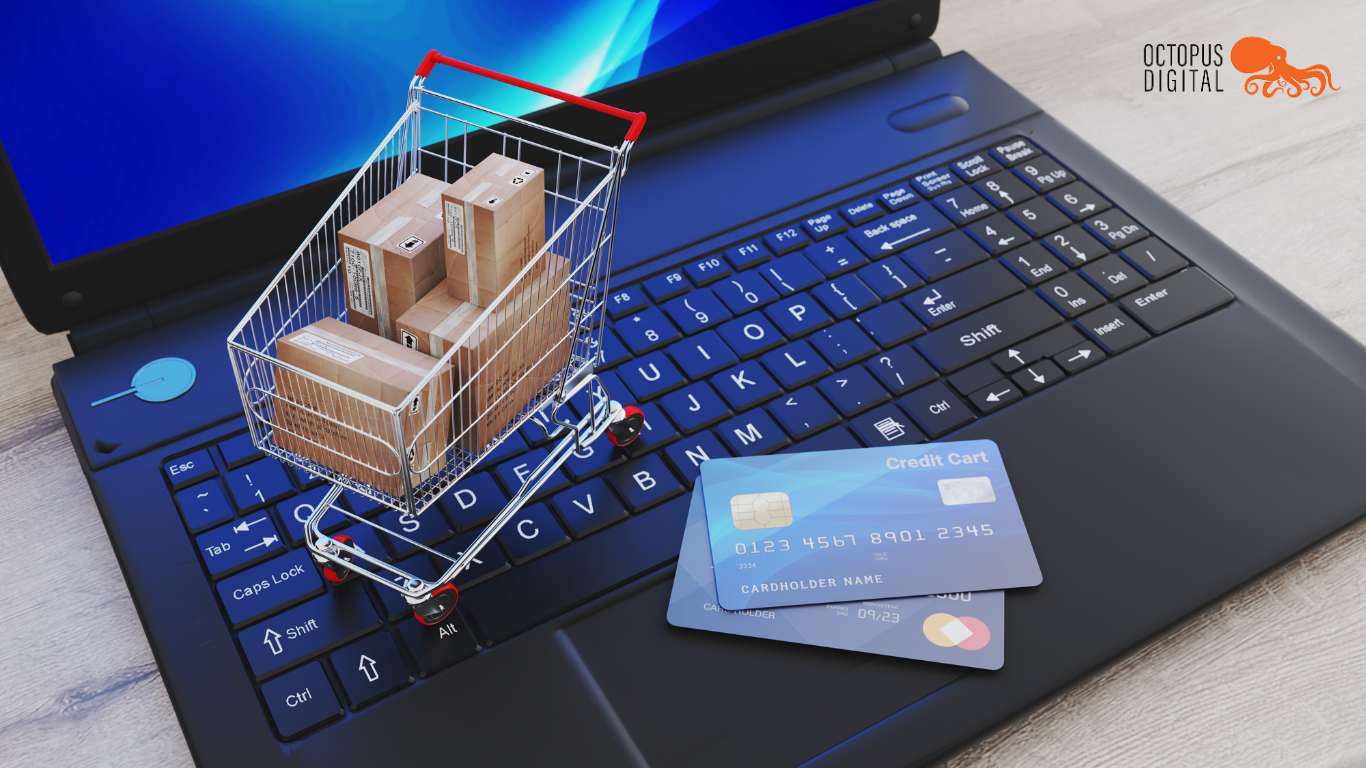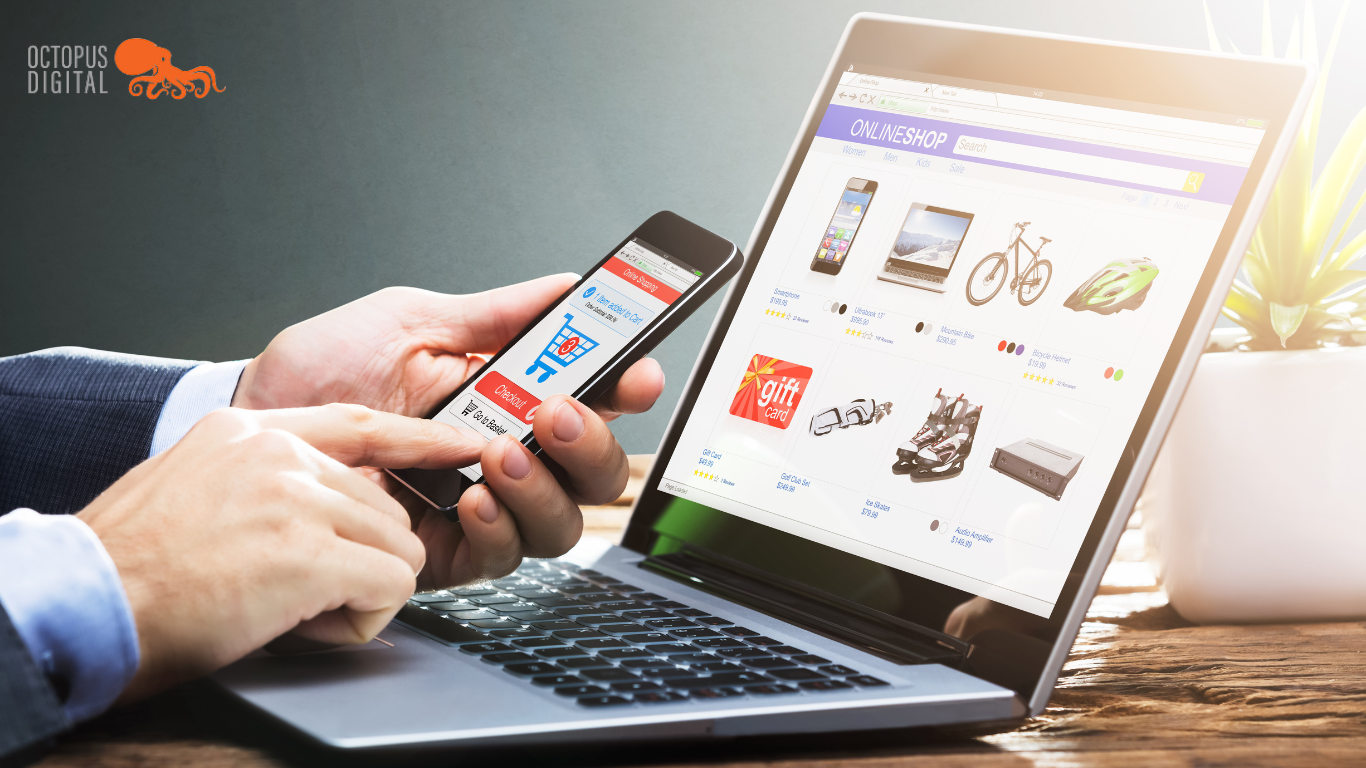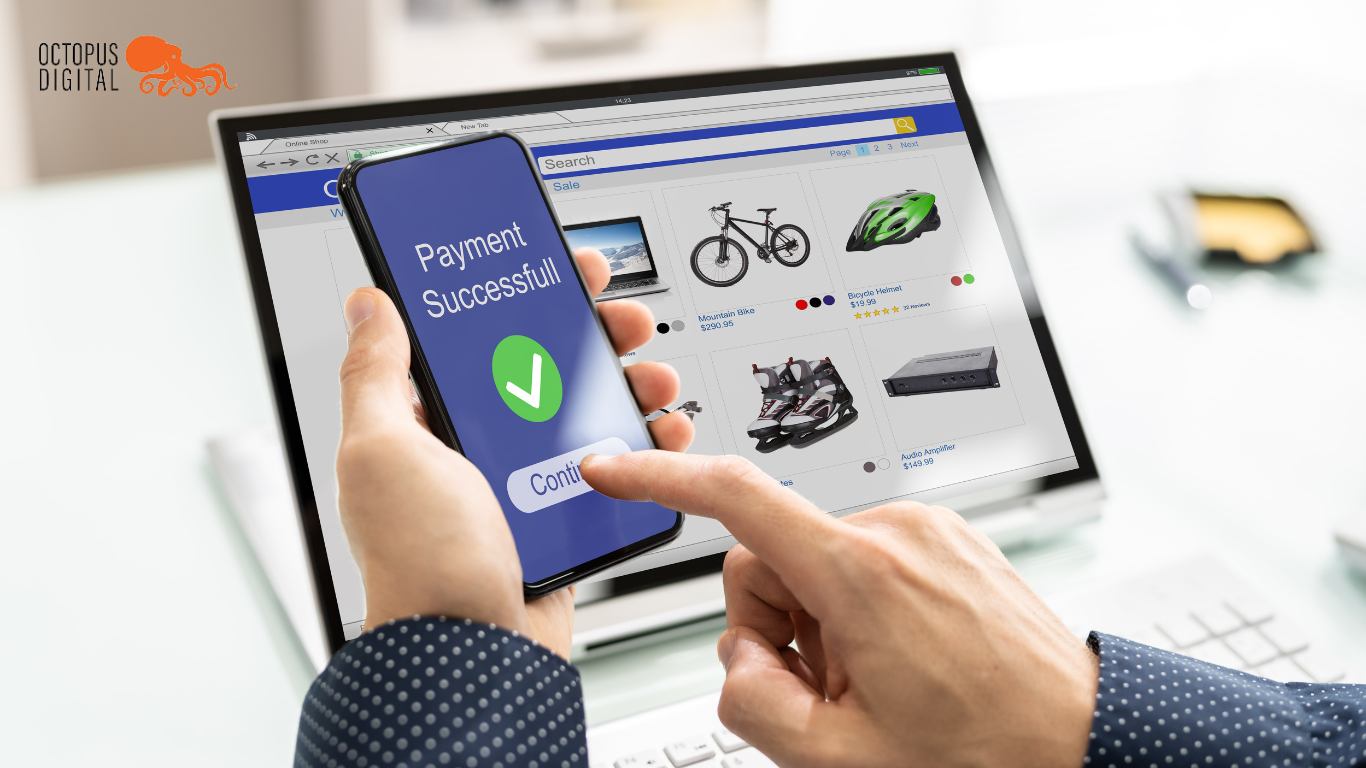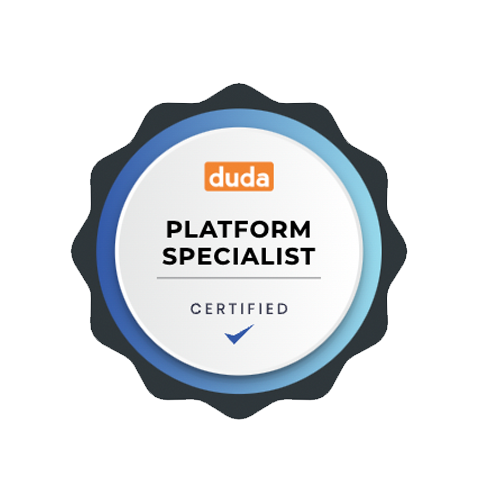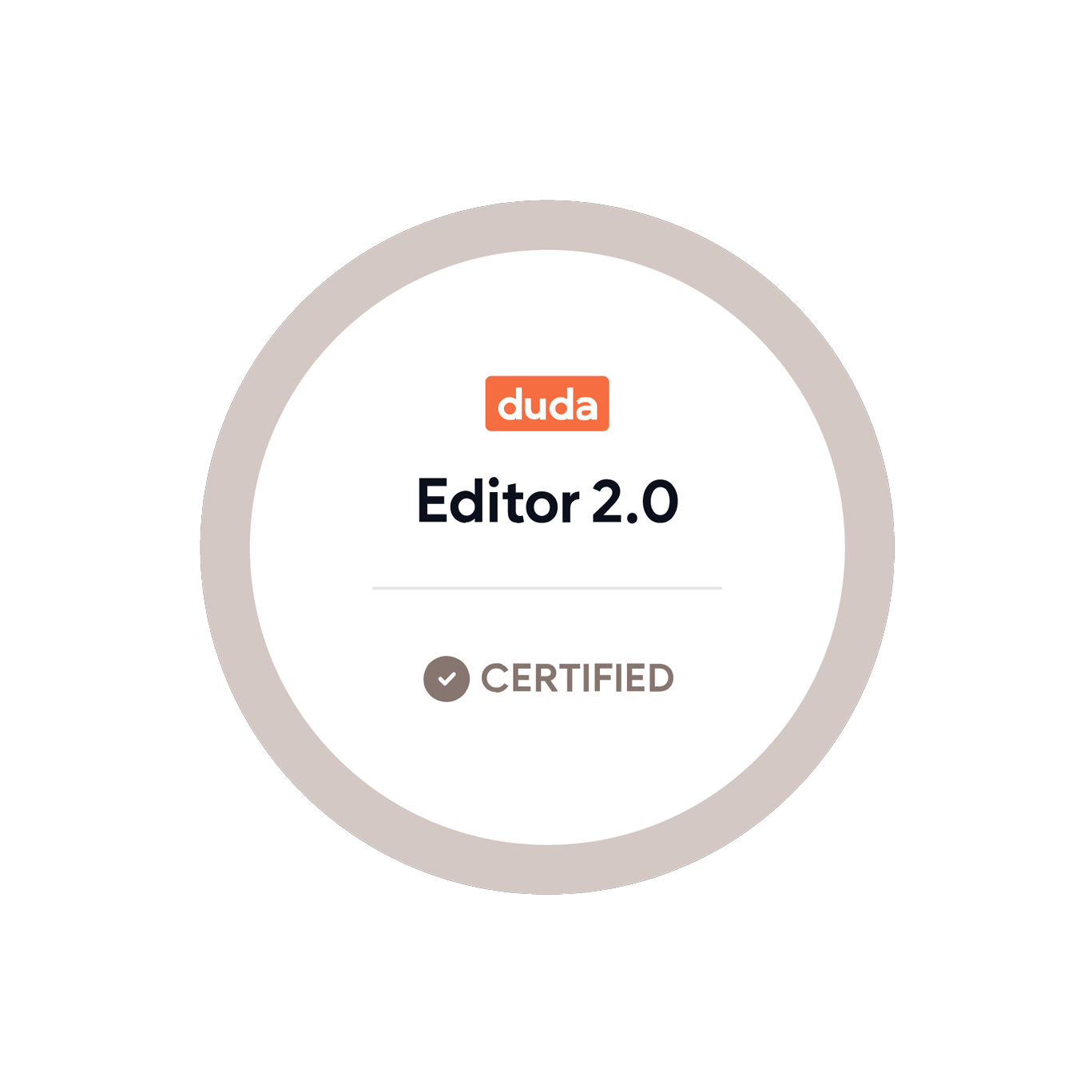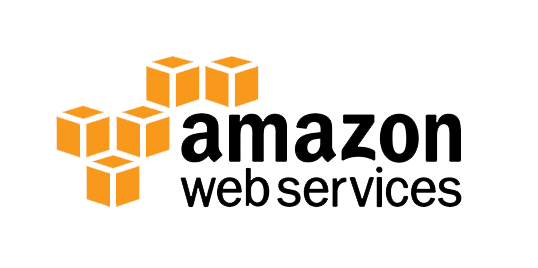How To Start An Online Store: Your Comprehensive Guide to E-commerce Success in Australia
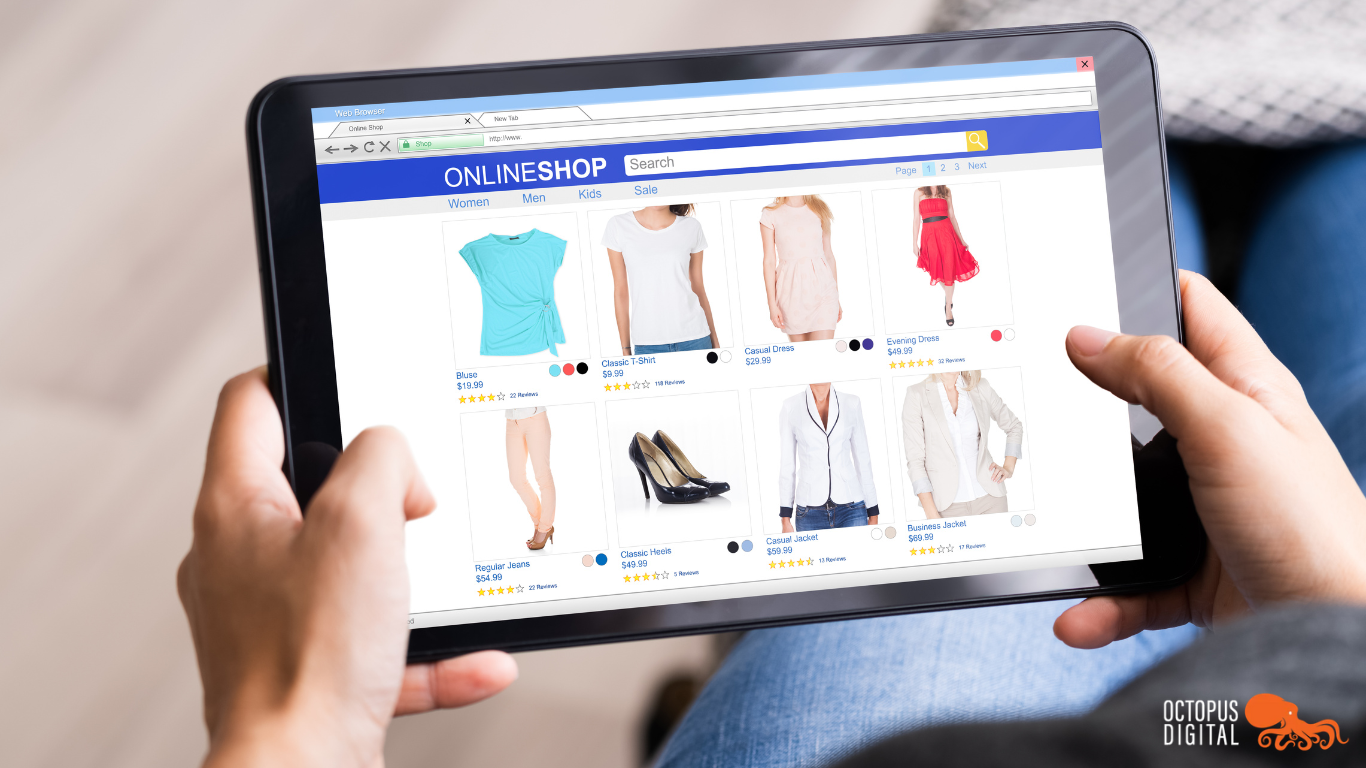
The Australian e-commerce landscape is booming, with Aussies expected to spend over $61 billion online in 2024. If you've ever dreamed of turning your passion into profit, there's no better time to set up your own online store. But where do you even begin? Don't worry, this comprehensive guide will walk you through every step of launching a successful e-commerce business in Australia, from concept to conversion.
Finding Your Niche: The Foundation of Your Online Store
Before diving into website design and product sourcing, it's crucial to identify your niche market. This focused approach allows you to cater to a specific customer base with tailored products and messaging. Here's how to find your niche:
- Identify Your Passions and Skills: What are you knowledgeable and enthusiastic about? Whether it's handcrafted jewellery, sporting goods, or sustainable homewares, your passion will translate into a more authentic brand.
- Research Market Trends: Look for gaps in the Australian market. Are there popular products lacking in local availability or unique customisation options’s aesthetic.
Remember: Consistency is key. Ensure your brand voice is consistent across all platforms, from your website to social media.
Choosing the Right E-commerce Platform: Building Your Online Store
Now that you have a clear vision for your brand, it's time to choose the platform that will power your online store. Popular options in Australia include:
- Shopify: is a user-friendly platform with a wide range of themes and plugins. Ideal for beginners.
- WooCommerce is an open-source platform offering customisation flexibility but requiring some technical knowledge.
- BigCommerce is a robust platform suitable for large businesses with complex product catalogues.
Here are some factors to consider when choosing your platform:
- Ease of Use: How comfortable are you with technology?
- Scalability: Can the platform handle your business growth?
- Pricing: Consider monthly fees, transaction costs, and additional app integrations.
- Features: Does the platform offer the necessary features for your business, such as inventory management, marketing tools, and shipping integrations?
Octopus Digital can help! We are a leading Australian web development agency with extensive experience building e-commerce stores on various platforms. We can guide you through the selection process and ensure your online store is built to meet your specific needs.
Setting Up Your Online Store: Essential Features for Success
Once you've chosen your platform, it's time to configure your online store. Here are some key elements to focus on:
- Product Listings: Create detailed and informative product descriptions, including high-quality photos from multiple angles.
- Payment Processing: Securely accept payments through reputable providers like PayPal, Stripe, and Afterpay, popular with Australian consumers.
- Shipping and Delivery: Clearly outline shipping costs, timeframes, and return policies. Offer a variety of shipping options to cater to different customer needs and budgets.
- Customer Reviews and Testimonials: Encourage customer reviews to build trust and social proof.
- Security: Implement SSL certification to encrypt customer data and ensure a secure shopping experience.
- SEO Optimisation: Optimise your product listings and website content with relevant keywords to improve organic search ranking.
- Mobile Responsiveness: Ensure your website is mobile-friendly for seamless browsing and purchasing on smartphones and tablets. This is crucial in today's mobile-dominant shopping landscape.
Stocking Your Store: Sourcing and Managing Inventory
The next step is to source high-quality products that resonate with your target audience. Here are some options to consider:
- Wholesale Distributors: Partner with established wholesalers to access a wide range of products at competitive prices.
- Direct from Manufacturers: Consider sourcing directly from manufacturers, especially if you require unique or custom-made products.
- Dropshipping: This fulfilment model allows you to offer products without holding inventory yourself. The supplier ships directly to your customer upon order placement. However, dropshipping often comes with lower profit margins.
Inventory Management:
- Implement a robust inventory management system to track stock levels, prevent overselling, and ensure timely product restocking.
- Regularly monitor sales trends to optimise your product mix and avoid stockouts.
Marketing Your Online Store: Reaching Your Target Audience
With your online store up and running, it's time to attract customers. Here are some effective marketing strategies for Australian e-commerce businesses:
- Search Engine Optimisation (SEO): Optimise your website content and product listings for relevant keywords to improve organic search ranking and drive free traffic.
- Pay-Per-Click (PPC) Advertising: Utilise platforms like Google Ads and Facebook Ads to target specific demographics and interests with targeted campaigns.
- Social Media Marketing: Build a strong presence on relevant social media platforms like Instagram and Facebook. Share engaging content, run contests and promotions, and leverage social media influencers to reach a wider audience.
- Content Marketing: Create valuable and informative content related to your niche, such as blog posts, videos, and infographics. This establishes you as a thought leader and attracts organic traffic.
- Email Marketing: Build an email list and nurture leads with targeted email campaigns showcasing new products, promotions, and valuable content.
Customer Service: Building Trust and Loyalty
Excellent customer service is paramount for building trust and fostering long-term customer relationships. Here are some key aspects to focus on:
- Provide Responsive and Helpful Support: Offer multiple customer service channels, such as email, live chat, and phone support. Ensure timely responses and address customer enquiries promptly and professionally.
- Returns and Exchange Policy: Implement a clear and customer-friendly returns and exchange policy to build trust and encourage repeat purchases.
- Post-Purchase Communication: Send follow-up emails after purchases to thank customers, solicit feedback, and offer additional product recommendations.
Analysing Performance and Making Adjustments: Continuous Improvement
E-commerce is a dynamic landscape. Regularly monitor your store's performance using website analytics tools like Google Analytics.
- Track key metrics such as website traffic, conversion rates, customer acquisition costs, and average order value.
- Analyse the data to identify areas for improvement.
- A/B test different website elements and marketing strategies to see what resonates best with your audience.
- Stay up-to-date with the latest e-commerce trends and adapt your strategies accordingly.
Remember: Launching a successful online store requires dedication, continuous learning, and a willingness to adapt.
Your journey to e-commerce success starts now!
The Australian e-commerce market offers a wealth of opportunities for passionate entrepreneurs. By following the steps outlined in this comprehensive guide and partnering with a reputable web development agency like Octopus Digital, you can turn your online store dream into a reality. With a strategic plan, a user-friendly platform, and a commitment to customer service, you'll be well on your way to achieving e-commerce success in Australia.



